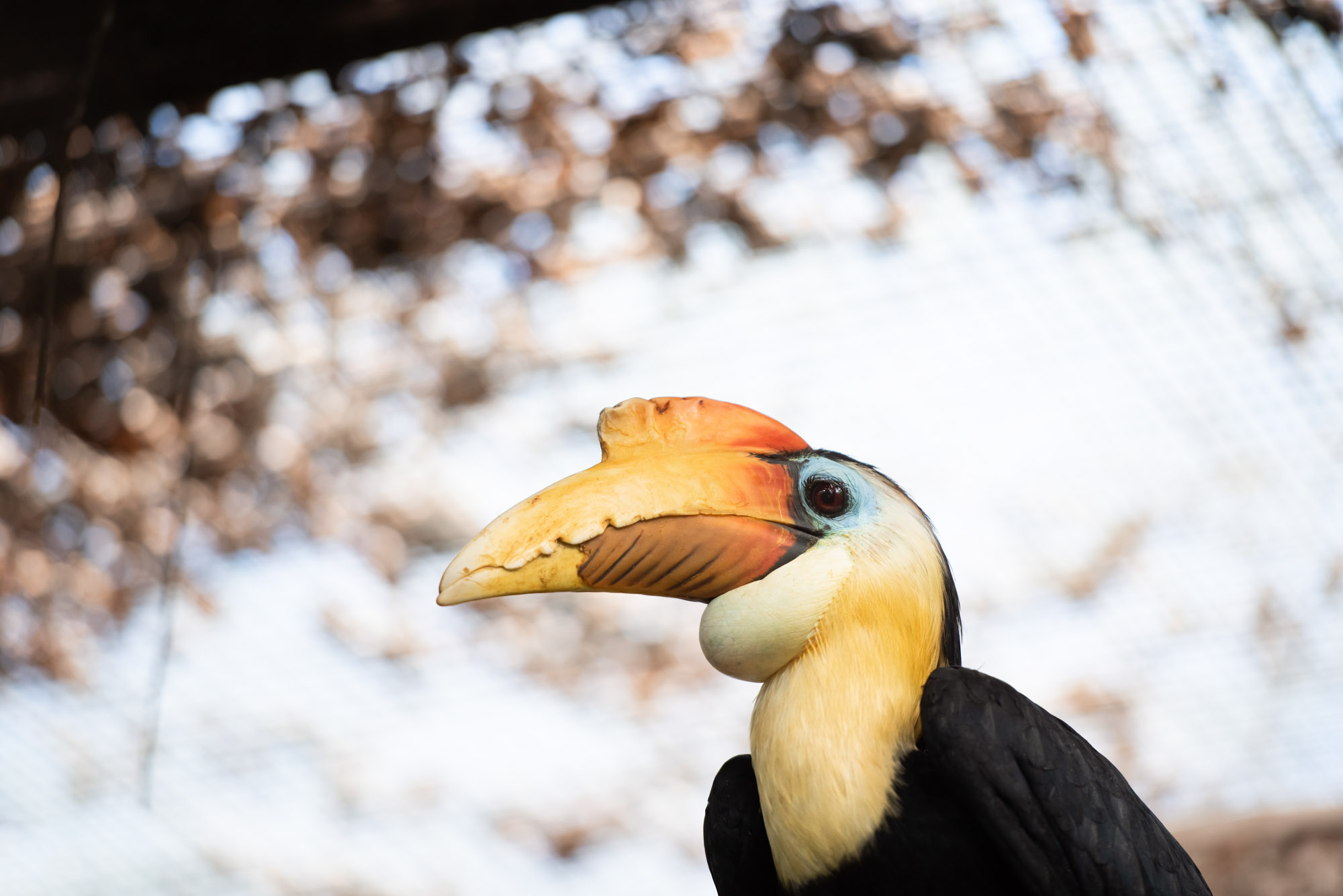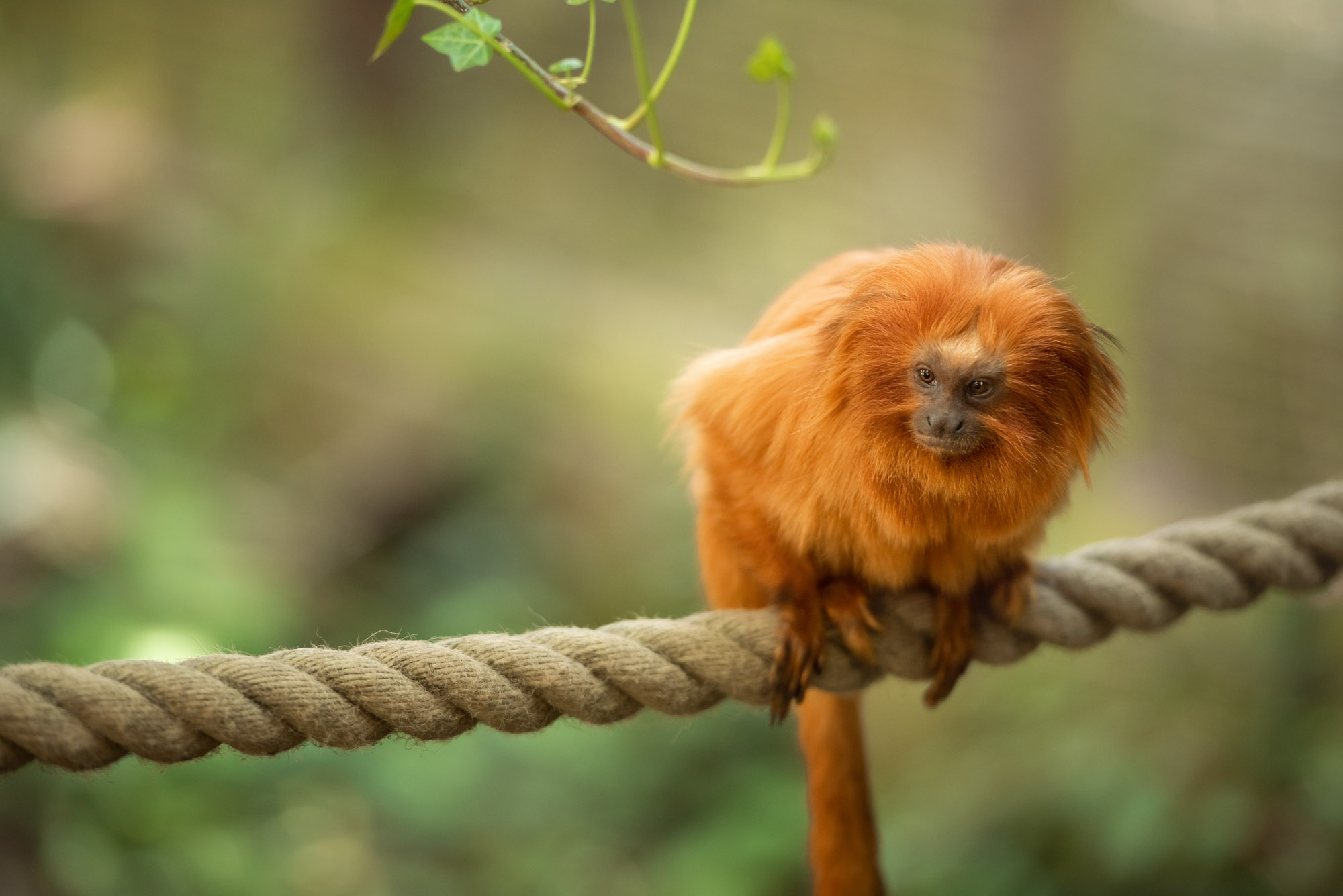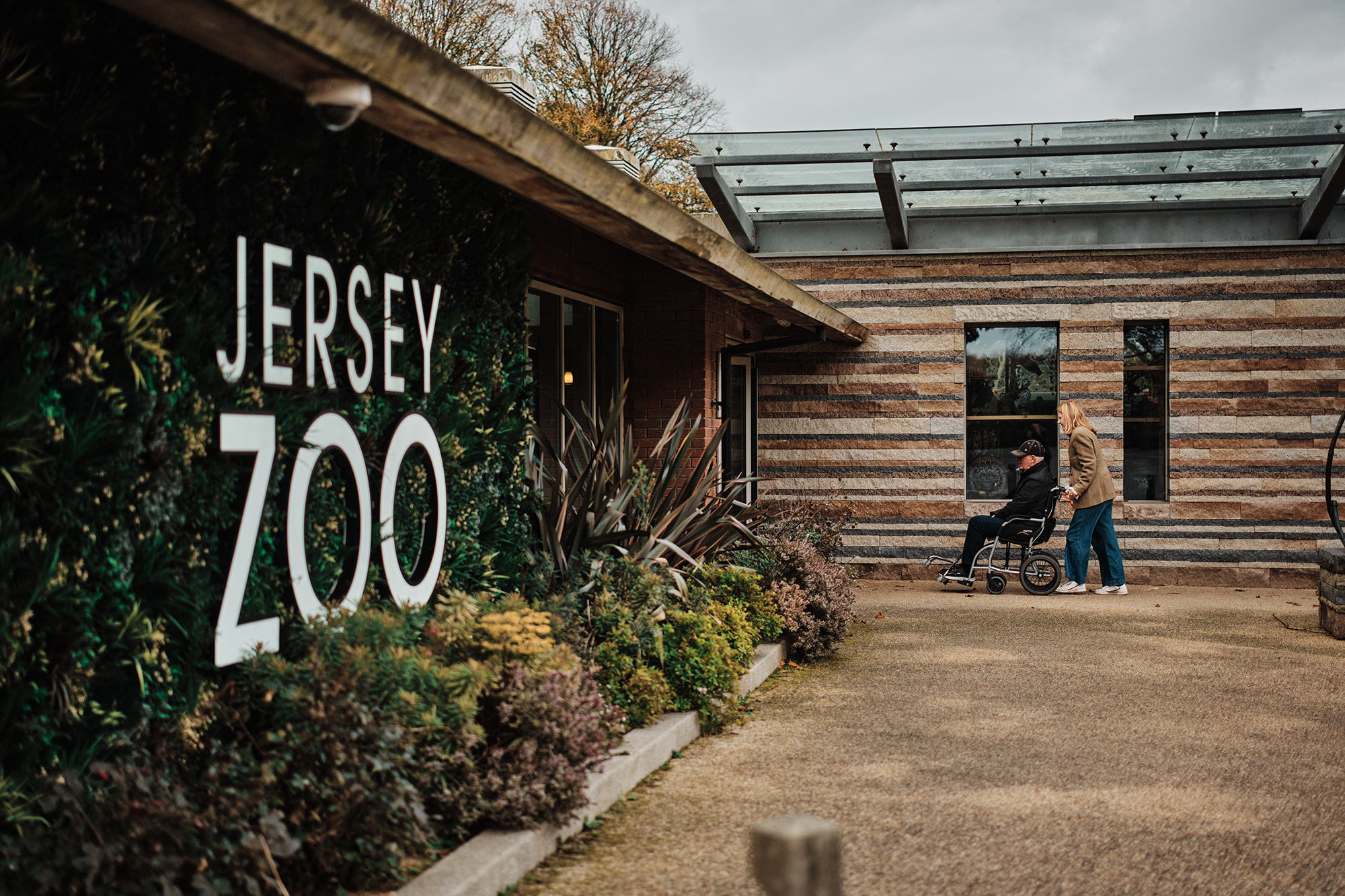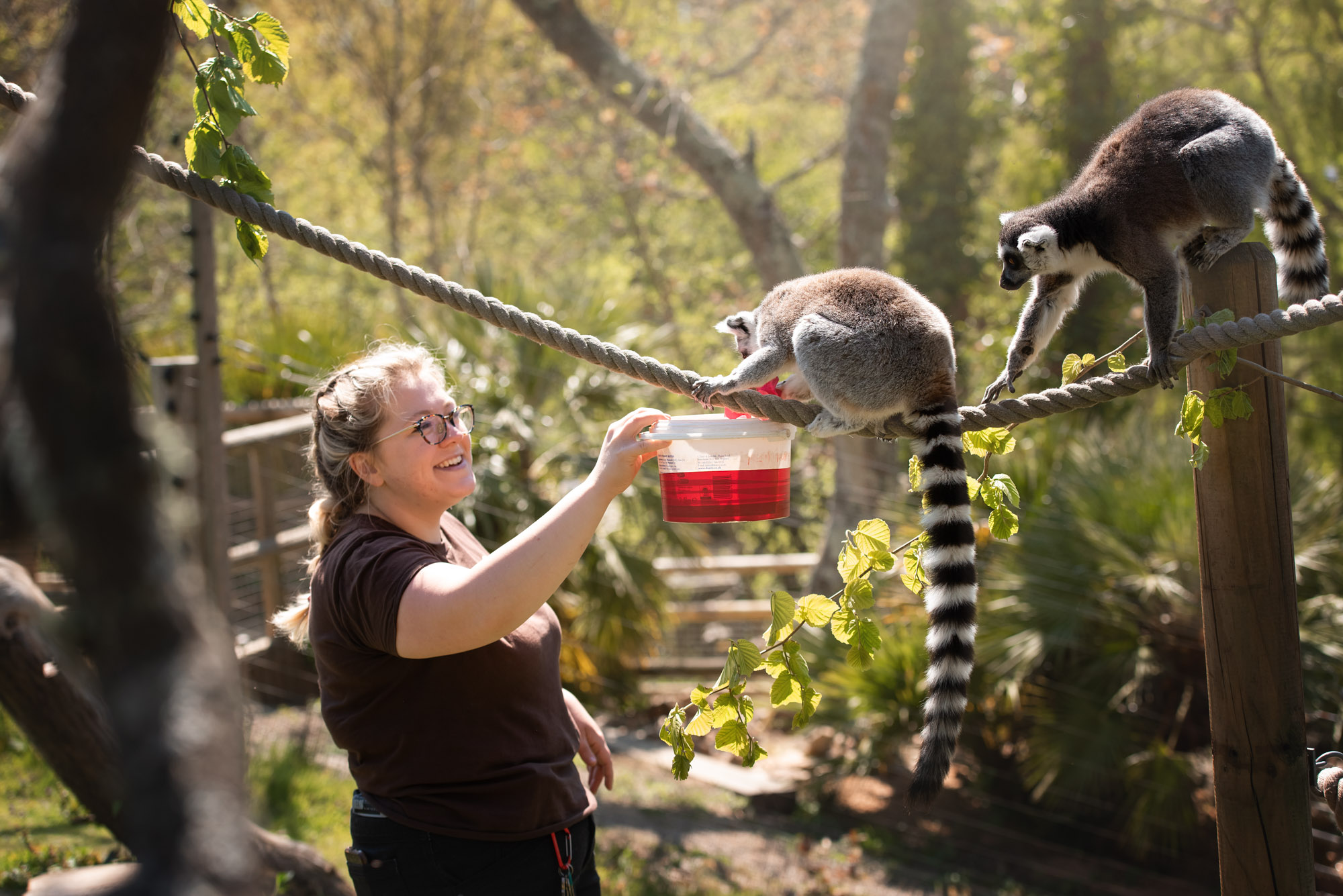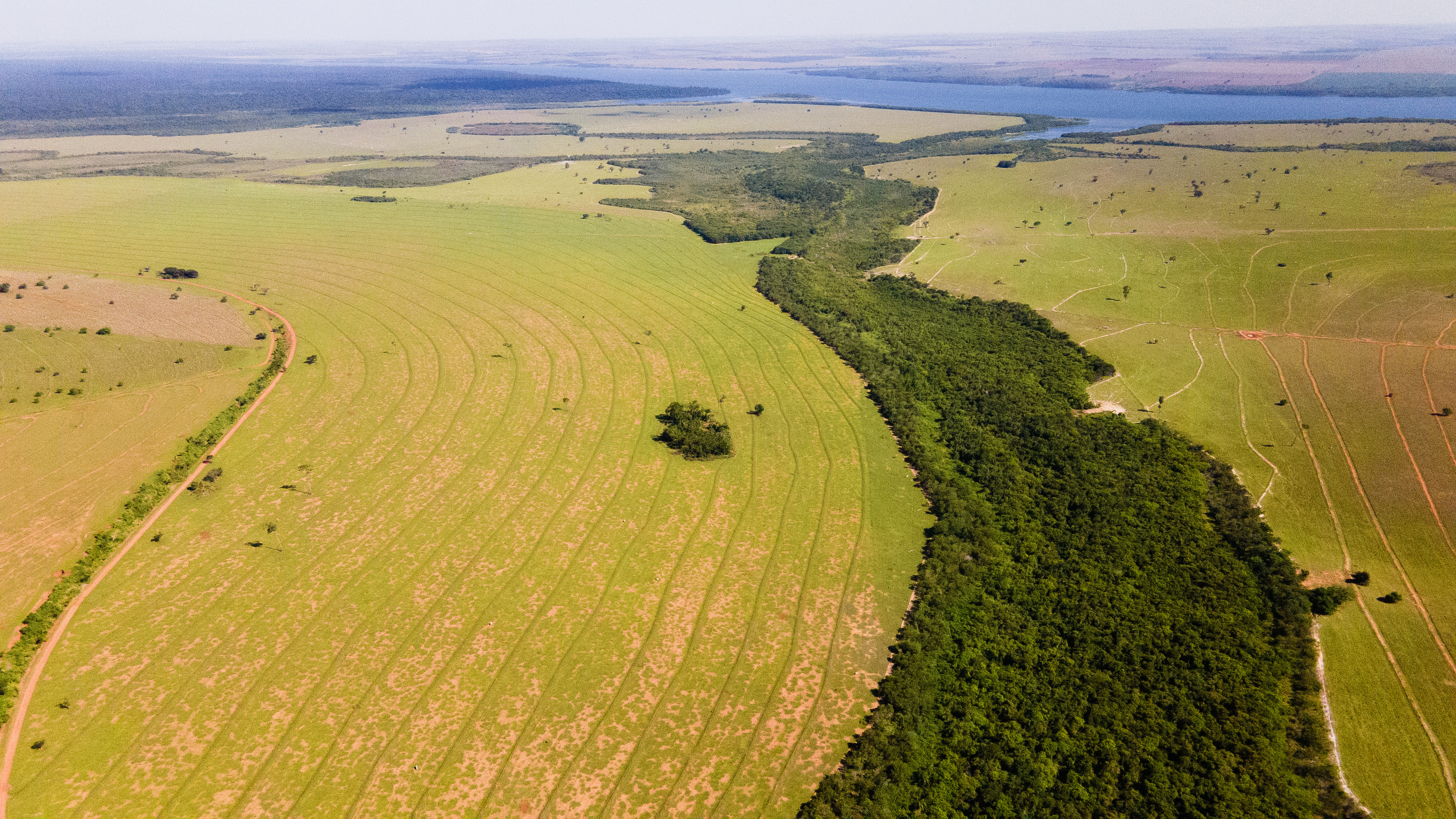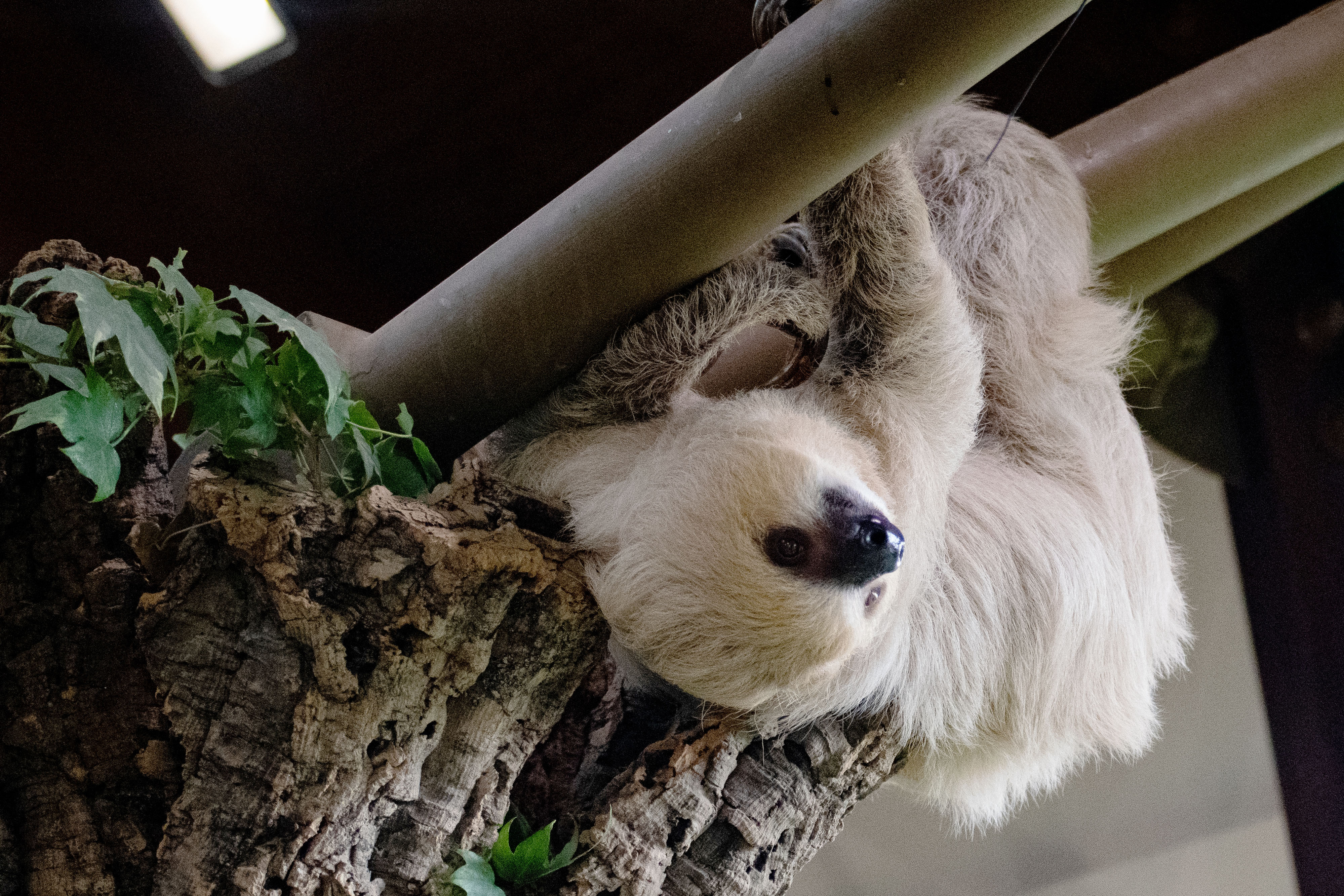Meet one of the world’s most endangered pigs
You’ll often see the Visayan warty pigs exploring their enclosure, using their snouts to sniff out tasty treats or digging shallow holes in the mud to lie in on sunny days. The sets of warts you can see on the males’ faces are how they get their name, the boars use these as a defence mechanism when they’re fighting with other males for dominance! You can see the Visayan warty pigs in the South American House where they live alongside the black and gold howler monkeys and sloths.
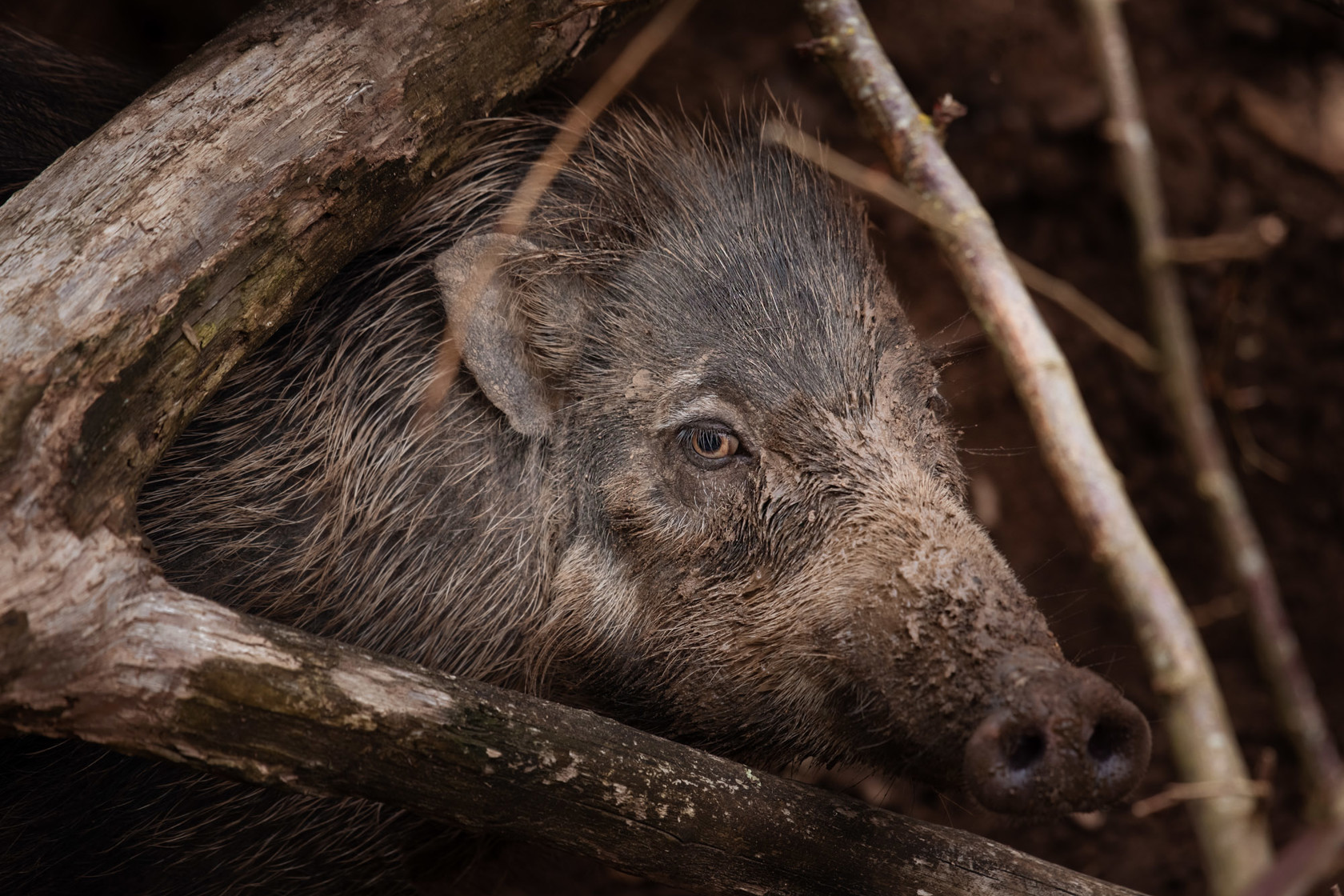
200
estimated wild population
3
pairs of warts on boars’ faces
<2%
wild natural habitat remains
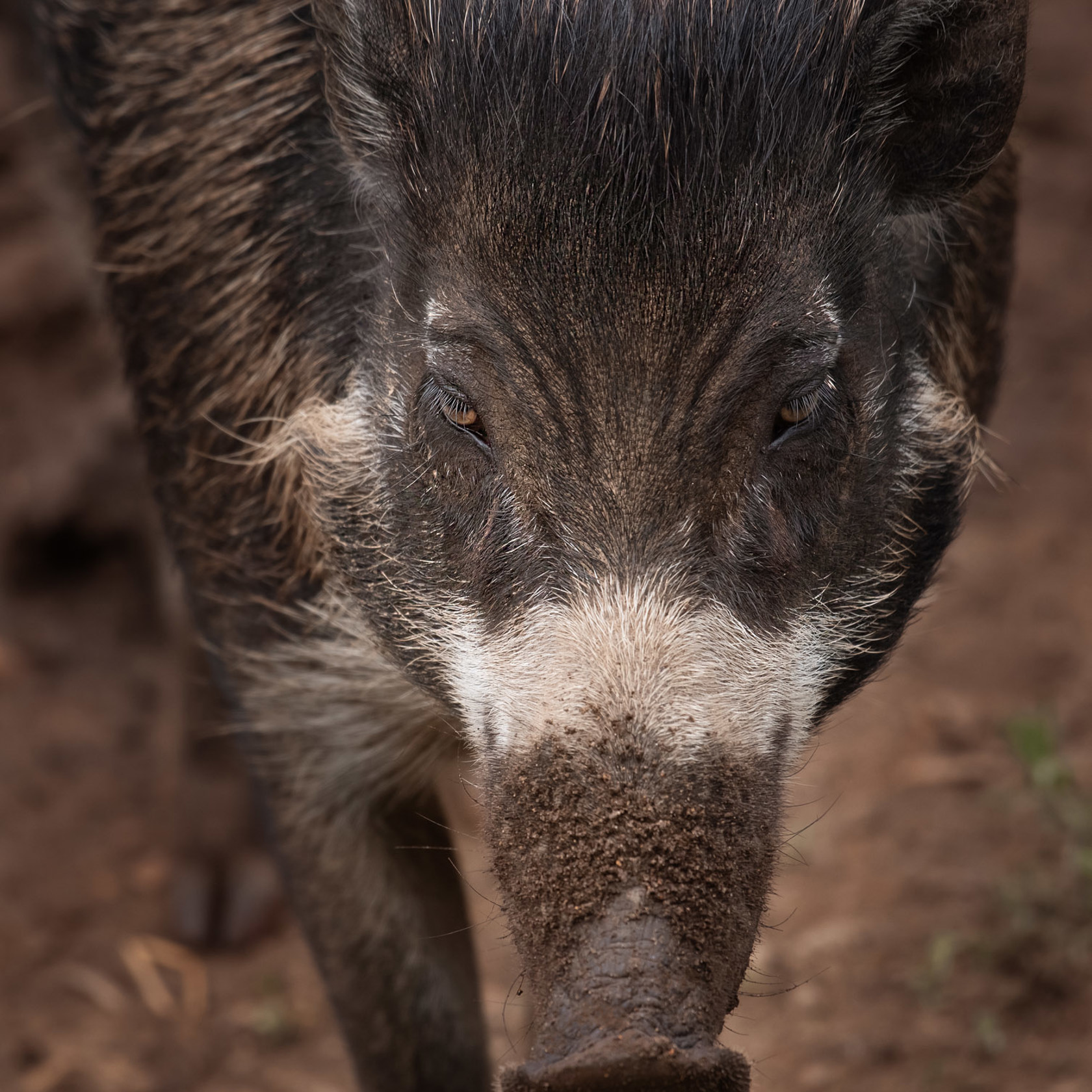
Adapted for dominance
In the wild, Visayan warty pigs live in family groups of one adult male, multiple females and their young. Male pigs have developed impressive adaptations to protect their family from other males. The warts on their face, which give the pigs their name, work as protection from attacks from rivals' tusks. In breeding season, the male's mohawk-like mane can grow as long as 10 inches. They can raise their mane during fights to scare competition into thinking they're bigger than they actually are!

An uncertain future
Once found across several of the Visayan islands in the Philippines, warty pigs are now only found on two – Panay and Negros. Habitat destruction to make room for housing and agriculture drove the pigs out of their habitat and farmers view them as pests, so they were actively hunted on many islands. There is now a captive breeding programme in the Philippines, supported by zoos worldwide, to help save Visayan warty pigs from extinction.
Help us care for the Visayan warty pigs

